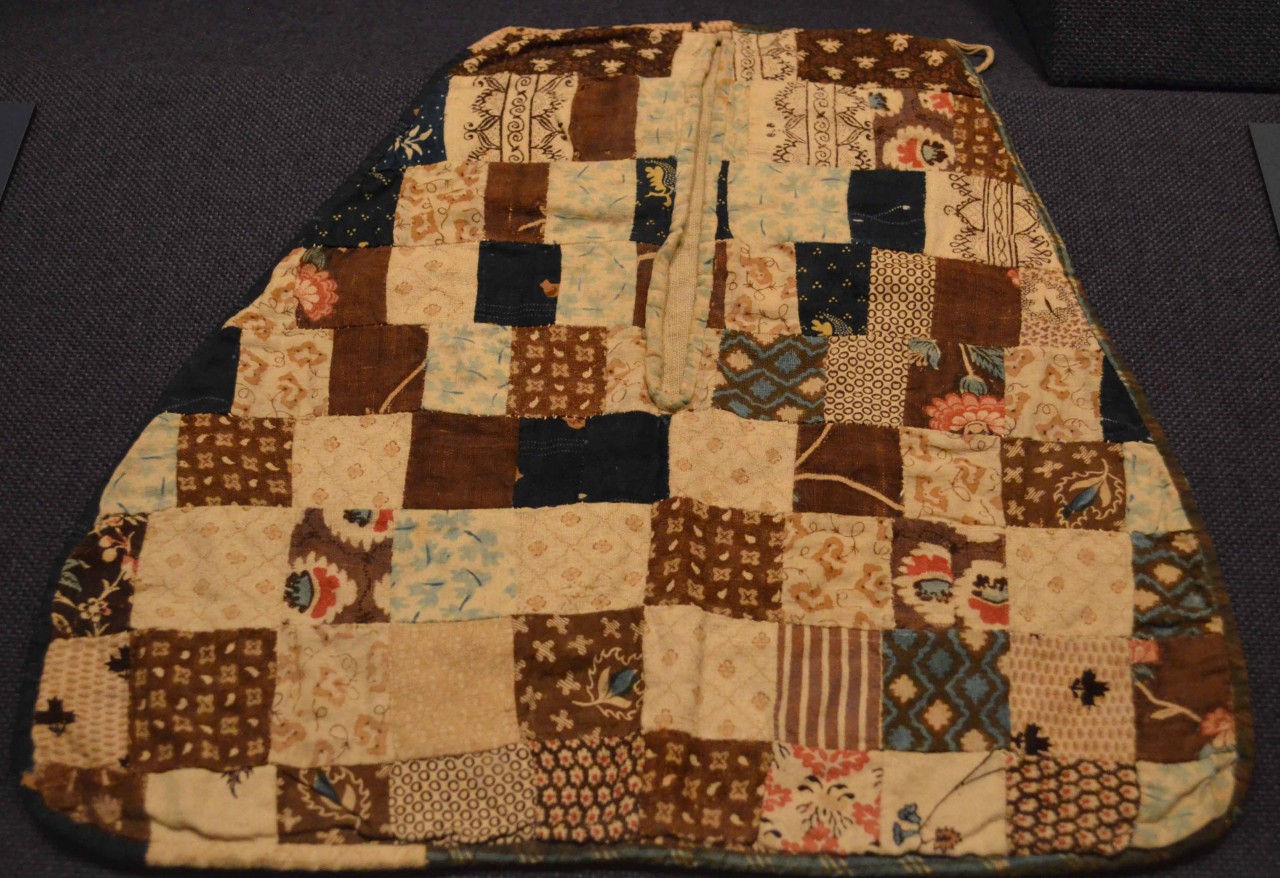
Williamsburg, Virginia was founded in 1632 and in 1698 was designated as the capital of the English Colony. It received a royal charter in 1722 and was the center of political activity before and during the revolution with George Washington, Thomas Jefferson, and Patrick Henry debating many of the important topics of the day such as taxes and inalienable rights to name a few. Colonial Williamsburg as we know it now was the idea of Reverend William Archer Rutherfoord Goodwin a rector of the historic Bruton Parish Church in Williamsburg. He began raising funds for the restoration of the church in 1907, and later in 1924 approached John D. Rockefeller Jr. with the idea of restoring other parts of the town. Rockefeller agreed and thus began a series of coded telegrams with Goodwin acting as Rockefeller’s...





